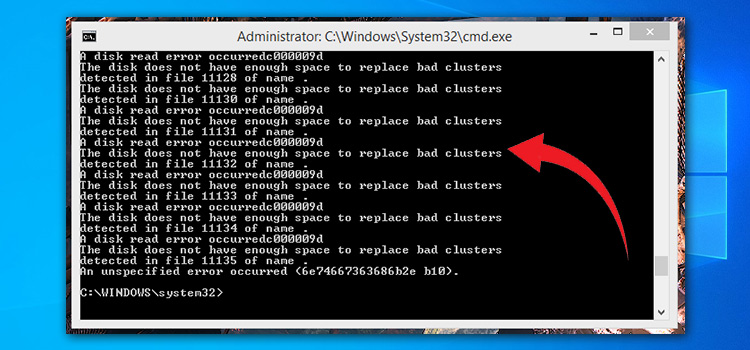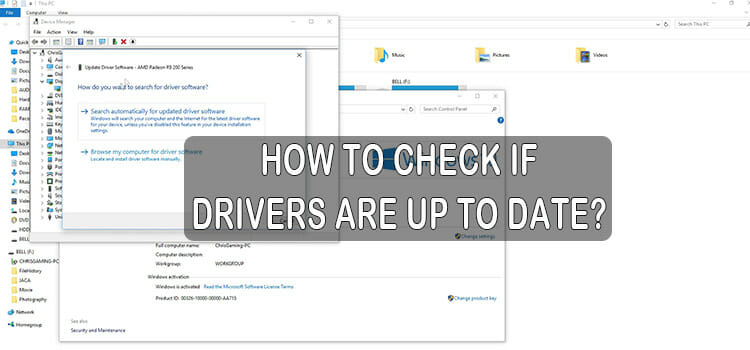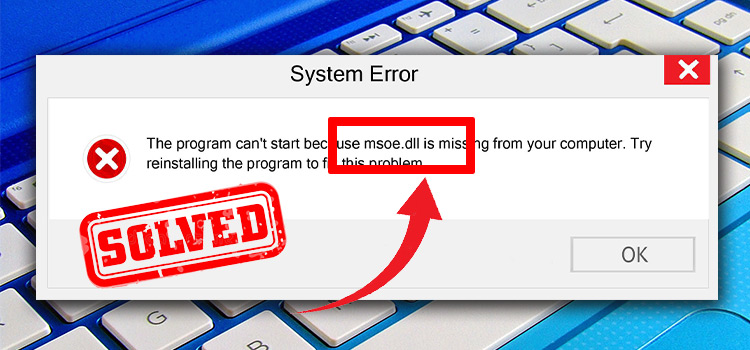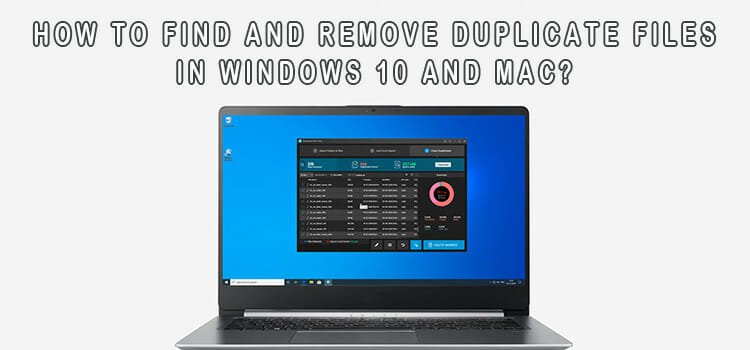Healthcare Administration Advances Leave Paper Behind
Automating business processes is an ongoing transition in many industries, and healthcare is no exception. In some ways, healthcare has led the pack, especially in terms of security and data collection. In back offices, too, the transition to digital processes has taken the industry by storm, and now, not only data collection, but the accounting and inventory handling of those machines collecting the data, and many similar devices, is understood as a way to more quickly and more accurately
One such function is DME billing software. Paper-based systems simply cannot keep up with the increasing complexity of today’s healthcare environment. First, the volume of data generated as a result of the increasing digitalization of the industry is simply tremendous and constantly growing. Statista estimated the total amount of data generated by the healthcare industry in 2013 at 153 exabytes. This was expected to grow to over 2,000 exabytes per year by 2020, and the pandemic has only accelerated this rise.

Good-bye paper
This data is increasing in a variety of ways, from the velocity, or speed at which it is created, to the variety of data, which now ranges from sets of sensor data to personal history information. Moreover, the further integration of the industry’s software systems means that billing and insurance data are also more frequently connected. Paper systems are rarely broad enough in scope to encompass this mass of information, much less rapidly record changes to it.
The result of digitalization is that users can immediately get a much fuller picture of a patient’s history than was ever possible previously. The role of dme inventory management software is very important. It speeds up the workflow. All this is particularly important when dealing with financial and insurance issues. Payment dates and forms, co-payments and company information kept in paper records is difficult to control and prone to error.
The difference can be seen in the bottom line. Digitalization can increase up front payments by up to 40%. Furthermore, automating the claims process can achieve an up to 98% clean claim rate. From an HR perspective, automation can achieve a 100% increase in employee happiness in the workplace, which in turn would lead to increased productivity as well as a reduced error rate. Savings can be expected in time as well, with the amount of paper being used from initiation to payment dropping by 99%.
Better Software Platforms
Digitalization also brings a new set of issues. Any DME billing software solution under consideration needs to make access to a variety of data easy, and more so, easy to share. Relationships with providers, insurers and regulators relies in part on promptly responding to requests for information and backing up requests for data (or payment) with the relevant grounding. Automating notifications and responses goes a long way toward reducing the effort involved in maintaining those relationships.
Alternatives to Brightree, for example, focus on reducing complexity and learning curve. They also emphasize the clarity of pricing. As the velocity of the healthcare industry accelerates and more durable medical devices are required, there is less tolerance for arcane and cumbersome DME billing platforms.
Reducing complexity with DME billing software extends past the actual operation of the solution and the ease of communicating its information with partners. At every level from data gathering to integration with other platforms and data pools, and from client assistance to tech support, a practical digital DME billing system needs to take the user and use case into consideration.
For example, as new DME products enter the market, the connections with the software platform can change and even grow in complexity, the Application Program Interface, or API, needs to take into account the variety of data being delivered and be flexible enough to accommodate new types of data. This can affect billing directly, when use or wear-and-tear data is introduced or if it comes from a third source such as a repair facility.
Today’s DME billing software also needs to take into account the fact that not only are clients using paper systems that need to be transferred into digital form, but many are modernizing from more cumbersome systems. Retraining and migrating staff and data to the new system needs to be as painless as possible. Many companies prefer ironing out the process by migrating piecemeal, and the new software needs to be able to make the transition as smooth as possible.
Putting it all together
The need for replacing paper DME billing systems is obvious. The increase of volume, velocity, and variety of data connected to healthcare and its partners in insurance, industry and government simply make paper impractical. However, not all DME billing systems offer the same ease of transition in terms of training and technical flexibility, nor do they all offer the same ease of operation and support. It is important to take these into consideration when looking to modernize, no matter what the current system looks like!
Subscribe to our newsletter
& plug into
the world of technology





